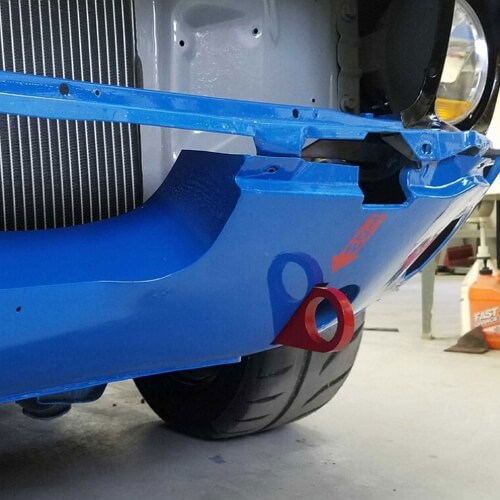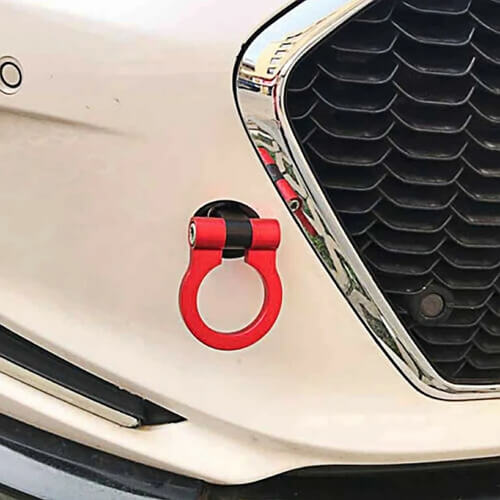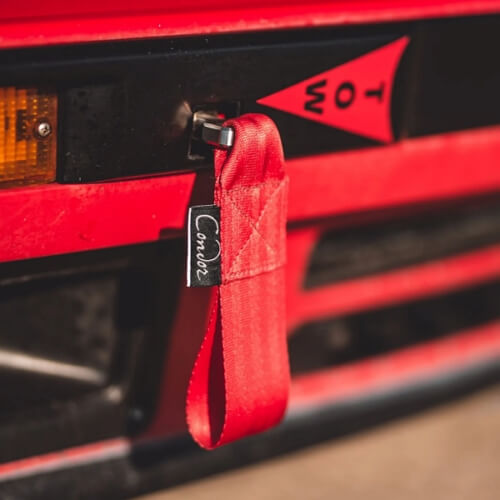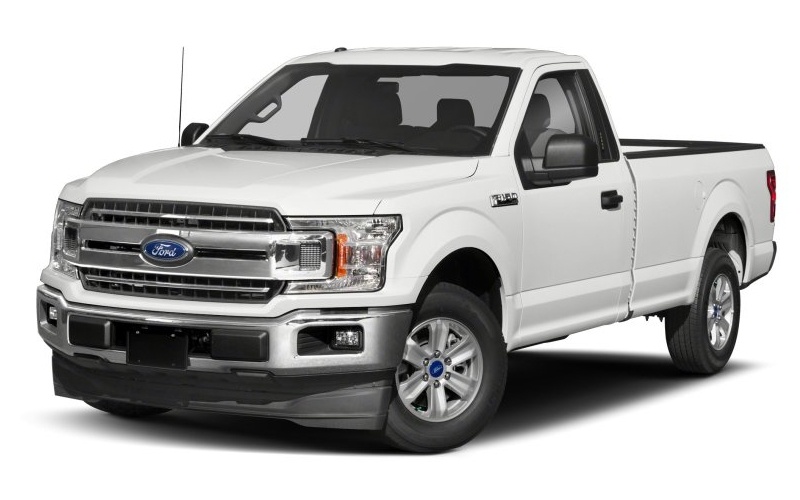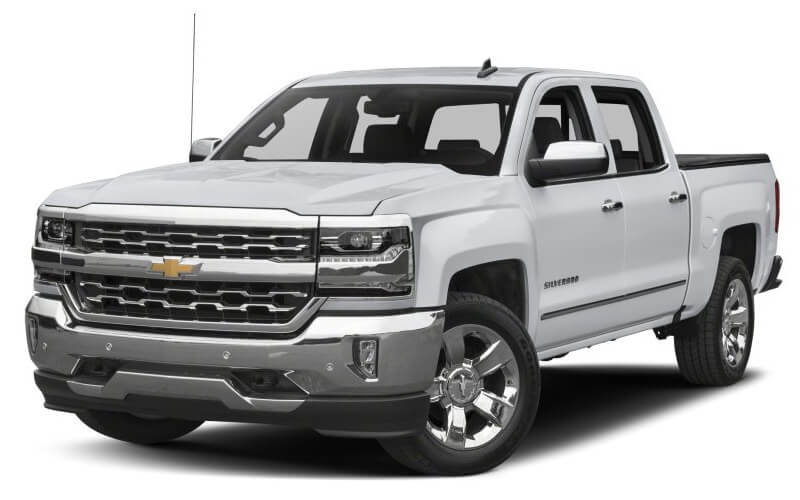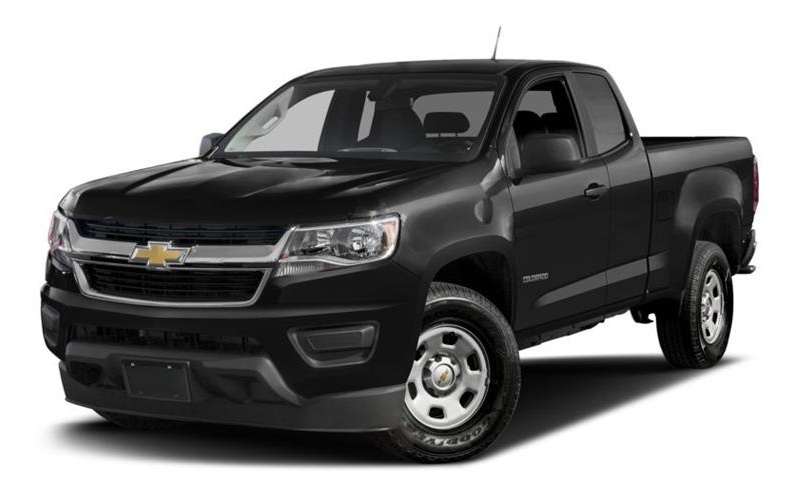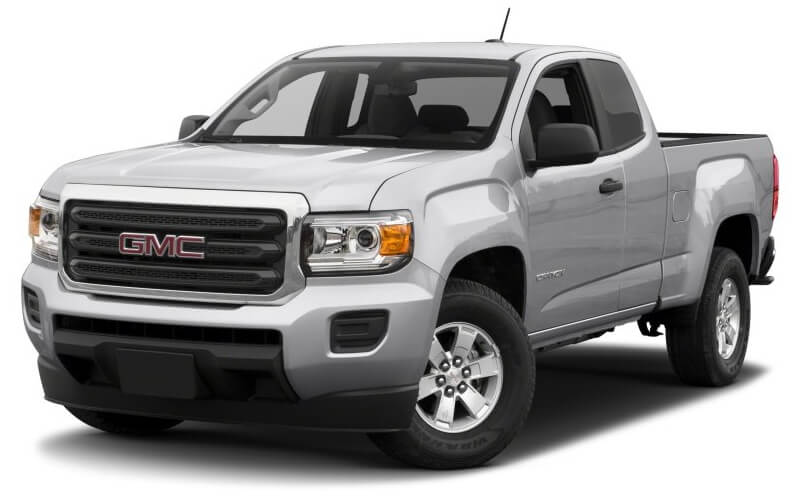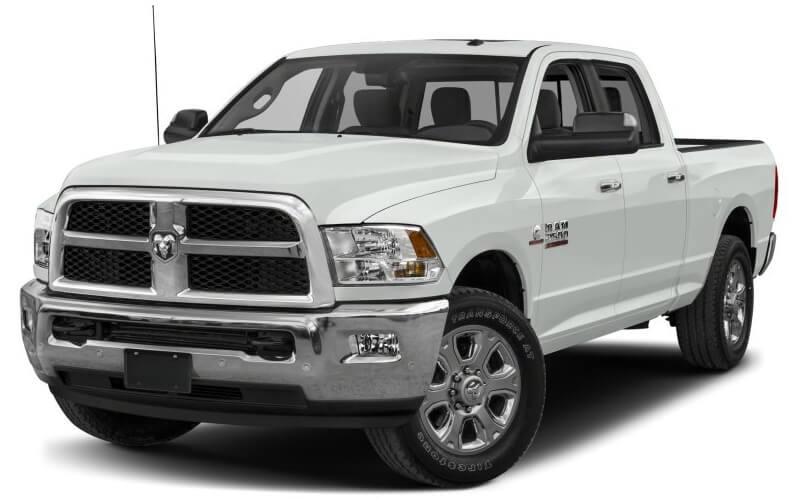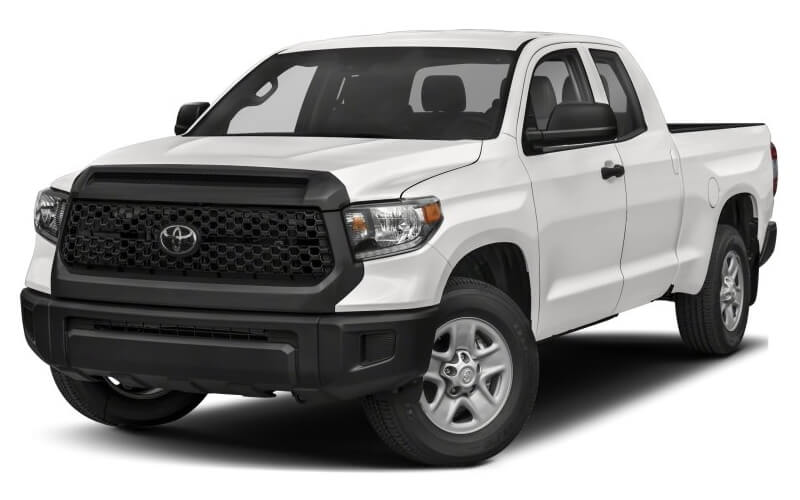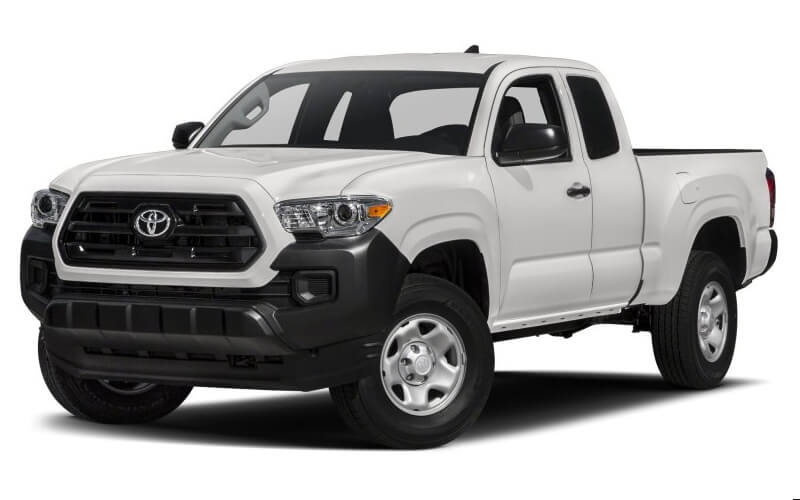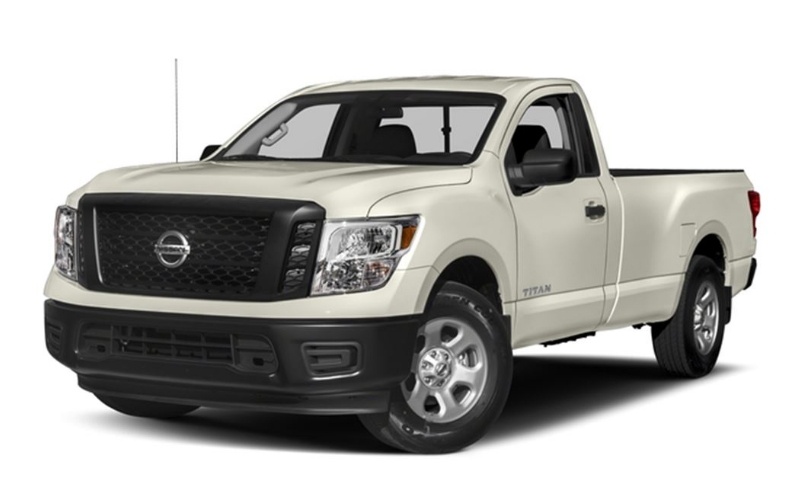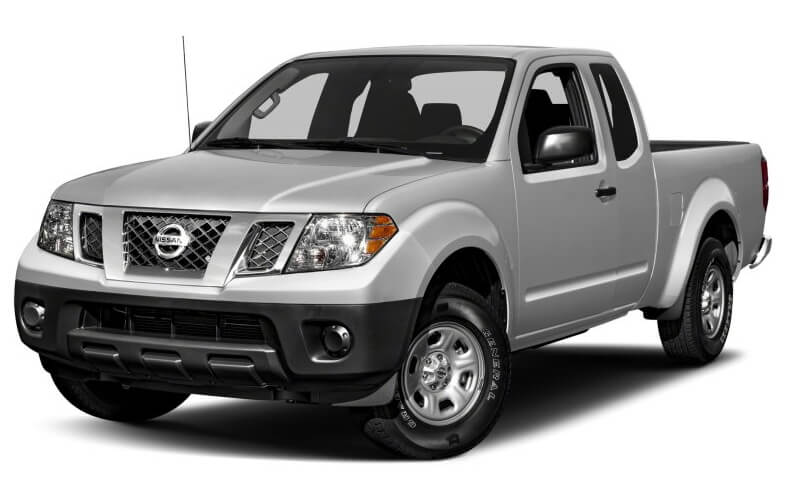Racing Tow Hooks
If you’re in the market for a racing tow hook, you’re in luck. In this guide, we’ll discuss the most popular types of tow hooks, the materials they are made from, and installation instructions. We’ll also provide a few tips to help you choose the best tow hook for your needs. So whether you’re a racer or just someone who wants to be prepared for emergencies, read on to learn more about racing tow hooks!


Universal New Front/Rear Bumper Tow Hooks High Atrength Racing Tow Strap Kit

Aluminum JDM Racing Car Rear Tow Hook Trailer Ring Fit For Honda Civic For Acura

ALUMINUM REAR BUMPER HIGH STRENGTH RACING TOW HOOK SET NEO CHROME/NEO CHROME P10
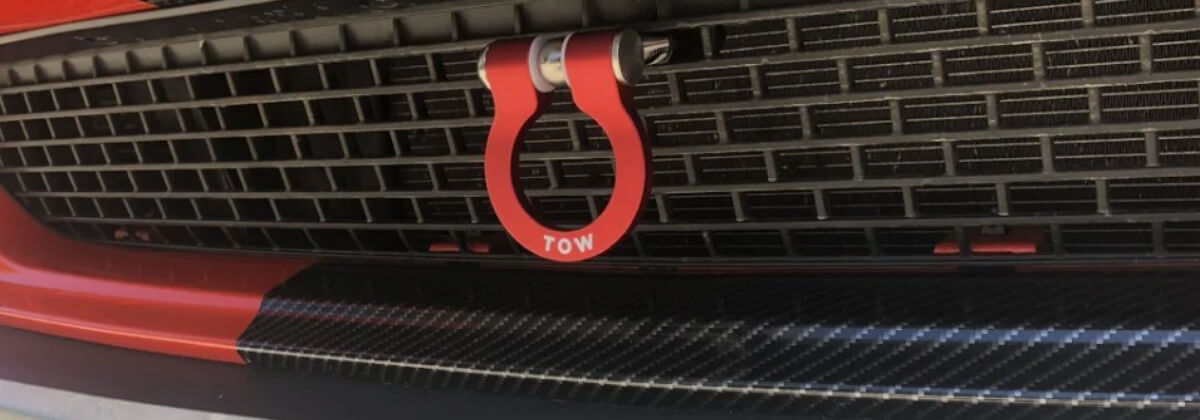
Why do race cars require a tow hook?
Tow hooks are an essential safety feature for race cars. In the event of an accident, a tow hook can be used to quickly and easily attach the race car to a tow truck so that it can be removed from the track. Tow hooks also come in handy if a race car experiences mechanical problems and needs to be towed off the track.
There are two main types of tow hooks: front tow hooks and rear tow hooks. Front tow hooks are typically used to attach the race car to a tow truck, while rear tow hooks are primarily used by other race cars to push the disabled car off the track. Both types of tow hooks must be securely attached to the race car in order to be effective.
Race tow hooks as recommended equipment
Most racing sanctioning bodies, such as the National Hot Rod Association (NHRA), require tow hooks to be installed on all race cars. In fact, tow hooks are typically included on the list of recommended safety equipment for race cars. If you’re planning on racing your car, be sure to check the rules and regulations of the sanctioning body to see if tow hooks are required.
Vehicle specific vs universal racing tow hooks: comparison
There are two main types of racing tow hooks: vehicle-specific tow hooks and universal tow hooks. Vehicle-specific tow hooks are designed to fit a specific make and model of car, while universal tow hooks can be installed on any car.
- Vehicle-specific tow hooks have the advantage of being custom-fit for your car, which means they will be more effective and less likely to come loose in an accident. They also tend to be easier to install than universal tow hooks. However, vehicle-specific tow hooks can be more expensive than universal tow hooks, and they may not be available for all makes and models of cars.
- Universal tow hooks have the advantage of being less expensive than vehicle-specific tow hooks and they can be installed on any car. However, universal tow hooks are not as effective as vehicle-specific tow hooks and they may be more difficult to install.
When choosing a racing tow hook, it’s important to consider your budget and the make and model of your car. If you’re planning on racing your car, you may want to invest in a vehicle-specific tow hook. If you just want a tow hook for emergencies, a universal tow hook may be a better option.
Featured materials of racing tow hooks
There are a few different materials that tow hooks can be made from, including aluminum, steel, and titanium. Each material has its own benefits and drawbacks. For example, aluminum tow hooks are lightweight and corrosion-resistant, but they are not as strong as steel or titanium tow hooks. Steel tow hooks are strong and durable, but they are also heavy and susceptible to corrosion. Titanium tow hooks are the strongest and most durable option, but they are also the most expensive.
When choosing a material for your tow hook, it’s important to consider the benefits and drawbacks of each option. If you’re looking for a lightweight and corrosion-resistant tow hook, aluminum may be the best option. If you’re looking for a strong and durable tow hook, steel or titanium may be better options. If you’re looking for the strongest and most durable tow hook, titanium may be the best option, but it is also the most expensive.
How to install a racing tow hook?
Installing a tow hook is typically a relatively simple process. Most tow hooks come with installation instructions, and there are also many instructional videos available online. In general, the process involves removing the bumper cover and attaching the tow hook to the frame of the car.
Here is a quick step-by-step generic installation instruction:
- Park your car on a level surface and set the parking brake.
- Place jack stands under the frame of the car and lift the car up so that the wheels are off the ground.
- Remove the bumper cover by unbolting it from the car.
- Find the mounting location for the tow hook on the frame of the car.
- Attach the tow hook to the frame of the car using the bolts that come with the tow hook.
- Reattach the bumper cover and lower the car down off of the jack stands.
If you’re installing a tow hook on your own, be sure to follow the installation instructions carefully. If you’re not comfortable installing the tow hook yourself, you can always take your car to a mechanic or body shop and have them install it for you.

